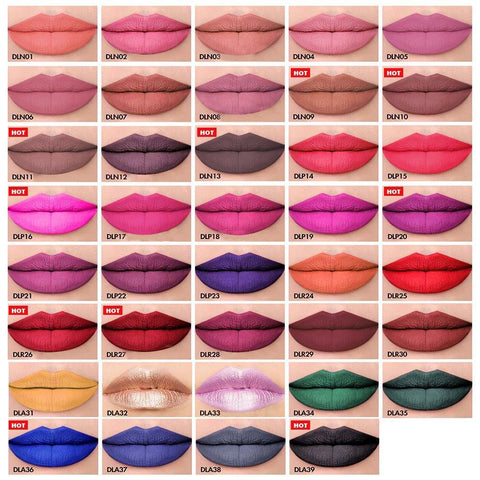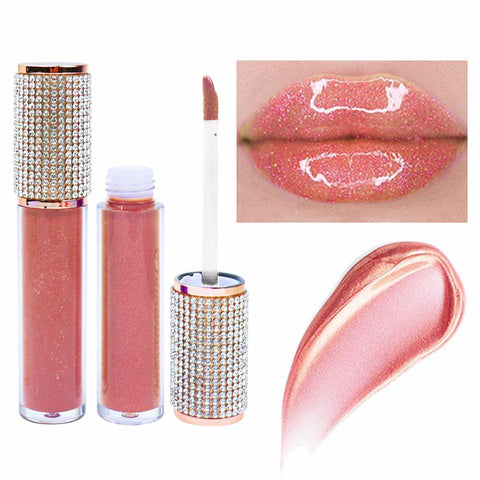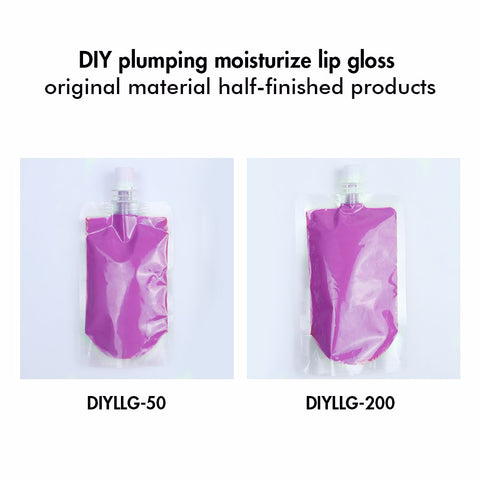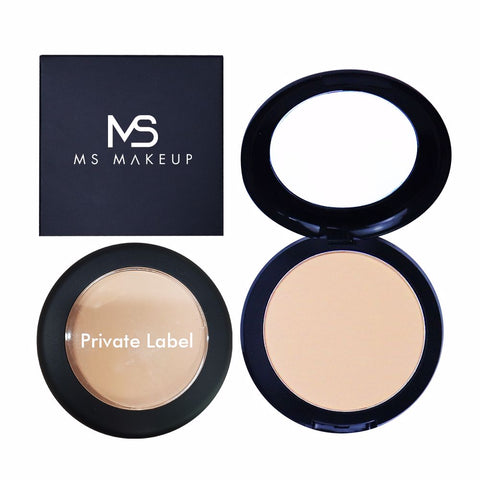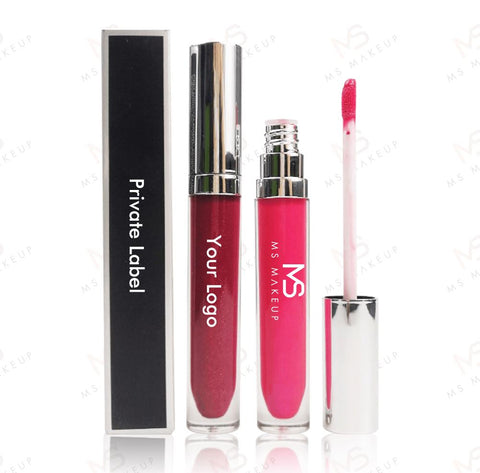Create Private Label Cosmetics
Over the past few years, a small but promising league of women-led natural brands of all sizes has entered the beauty scene of companies such as Kjaer Weis, Monk Oil and CAP Beauty. Perhaps this rise of women-founded business in the skin care sector has made you think I can do it — and it should. There are more than 30.2 million SMEs in the United States1 and a 2018 survey commissioned by American Express estimates that women in the United States start about 1,821 new businesses per day.so why not you?
Private label cosmetics are beauty products manufactured by one company and sold under another brand’s name. You can learn how to sell private label cosmetics profitably by finding the right supplier, developing a brand, and marketing your private label cosmetics. Small retailers can bring in several thousand dollars per month easily by selling private label cosmetics.
Here’s how to build a private label cosmetics line:
1. Identify Profitable Products
You can get a sense of how popular certain cosmetics products will be by using:
- Google Trends: Google Trends shows you whether searches for a particular keyword are increasing or decreasing, and how much general interest there is for that term.
- Amazon Best Sellers list: Amazon’s Best Sellers list can be narrowed down into any product category or subcategory so that you can see what cosmetics are most popular and get a feel for the current competition.
- Amazon Movers and Shakers: This list shows products that are experiencing sudden growth or popularity, which is helpful for spotting trends.
- Visiting boutiques & other retailers: See what other retailers are featuring in-store and even check the packaging to get ideas for potential suppliers.
2. Develop Your Niche Product
It is possible to have a successful private label line with a few individual products. However, the best way to sell private label cosmetics successfully is by finding a niche and building a product line around a certain category or interest. Having a cohesive product line will help in developing a strong brand and targeting a specific audience.
Popular cosmetic niches include:
- Organic cosmetics
- Vegan cosmetics
- Cannabidiol (CBD) cosmetics and skin care
- Sustainable and environmentally friendly cosmetics
3.Find Private Label Cosmetics Suppliers Online
One of the easiest ways to search for suppliers in the first place is to search for “private label cosmetics” on Google. This search provides you with a long list of suppliers to start your research. Visit some supplier websites and you will see that most of them cover the full range of custom cosmetics, from customizable makeup plans to complete skin care series. Most suppliers offer a wide variety of products so that you can mix and match products to create a unique line of beauty products.
The supplier website also allows you to gain insight into their ordering process. Many suppliers even list very low minimum order requirements. Therefore, depending on the range of products you want to start using, it is possible to use private brand cosmetics to launch your own beauty brand for a few hundred dollars.
You can further optimize Google search by adding words such as natural, natural, and cruelty-free in the search box to meet specific requirements in the must-have list. Include any conditions needed to define your own unique beauty brand.
4.Ensure That Products Comply With All Regulations
In your online research, you will find overseas suppliers, especially Chinese suppliers. Although the prices of these products are lower, imported cosmetics may not meet US purity requirements and other legal standards. Going this way may expose you to product inconsistencies, customer complaints and even lawsuits. With so many private label cosmetics suppliers in the United States and Canada, there is no reason to seize this opportunity.
In the United States, the cosmetics safety law is under the management of the US Food and Drug Administration (FDA). Cosmetic products are regulated by the FDA rather than approved by the FDA. This means that although most cosmetics and their ingredients do not require special approval before being sold to consumers, there are laws and regulations to ensure consumer safety.
5.Request Samples And Review Products
If you search online for private label cosmetic suppliers, you will see that most offer low-cost sample kits or allow you to order a single sample. Generally speaking, the cost of shipping samples to you is estimated to be $40 to $100 per company. It costs money to go this route, but it gives you the opportunity to check out the product in person. If you can participate in an industry trade show, you can take all free or low-cost samples at once and test the samples in the exhibition hall.
Whether you get samples, once you get them, the next step is to thoroughly inspect each product to see if it meets your expectations and suits your beauty brand. Here, your opinion is the most important, but it’s also a good idea to get opinions from others.
If you have a store, a spa, or a group of customers, you can involve them in trying different products to understand everyone’s preferences. After all, they are your potential buyers. If you have no existing customers to take advantage of, please gather some friends to try the product and provide feedback.
It may take several rounds of review, or even several rounds of samples from different suppliers, but in the end, you will find a series that defines your brand. When you have a clear idea about the product you want to sell, you should consider how to sell it.
6.Decide How To Sell Your Cosmetics Line
Before placing an order, you need to determine how to market and sell your own brand cosmetics line. You can start with one sales channel, add products to an existing store, or build multiple sales channels at once.
Popular channels for selling cosmetics include:
In-store: Use point-of-sale (POS) systems (such as Vend) to sell cosmetics in salons, spas, fashion boutiques, or natural food stores
Online through your own website: Create a website using an e-commerce platform
Amazon: Selling private-label cosmetics on the Amazon market
Social media: You can sell products directly through your Facebook store or Instagram account
Market: Become a vendor at local home, gifts and handicraft markets or community events
Sell to other retailers: Since you are developing your own product line, you can sell these products to boutiques, spas and physical stores for resale to customers
Tip:
A strong online presence (coupled with a fantastic product) can help attract stockists—so it’s worth investing in social media spaces.
7.Design Your Branding, Logo, and Packaging
As you explore potential suppliers, you will find that most people are doing the labeling and packaging process for you. You provide the logo and they do the rest. This is the easiest way to mark and package private label cosmetics. It has a professional appearance and ensures that your label meets the ingredient list and other packaging requirements.
Many private label cosmetic suppliers also provide free pictures of your branded products, if you want to sell beauty collections online, you can use these images to build your website or Amazon listing. This saves you the time and expense of shooting products yourself or hiring professionals.
Most private label cosmetics suppliers charge label printing and packaging fees in addition to the product cost, so please be aware of this during the research period. These fees are clearly listed on most supplier websites. If you have any questions, please call their customer service hotline to clarify your packaging fees or deal with problems.
In order to make your products affixed with your logo, most suppliers will upload the logo in your order. The supplier provides logo specifications, including the number of colors allowed, size restrictions, and file types. If you don’t have the design skills to create your own logo, you can find budget-friendly freelancers to design great logos.
8.Order Private Label Cosmetics
After choosing a private-label cosmetics supplier, determine which items to carry in the production line and design a logo, you can place an order. At this point, you may have talked with a customer service representative, so this step should be simple, but the following points need to be noted and carefully checked:
Private brand cosmetics usually require advance payment, so you want to pay by credit card when placing an order.
Ensure that your product pricing and label printing costs are accurate.
Please pay attention to the turnaround time required for the labeling process.
Understand that most private label cosmetics do not accept returns.
Please pay attention to the shelf life and validity period of the goods sold
In most cases, after placing your private label cosmetics order, you will have a few weeks to receive the order. Use this time to get your website and other sales channels up and running, such as Amazon and social media pages, or set up a store or spa for a new beauty product line display.
Ejemplo de cotización en bloque
Praesent vestibulum congue tellus en fringilla. Curabitur vitae semper sem, eu convallis est. Cras felis nunc commodo loremous convallis vitae interdum non nisl. Mecenas ac est sit amet augue pharetra convallis nec danos.
Ejemplo de texto de párrafo
Praesent vestibulum congue tellus en fringilla. Curabitur vitae semper sem, eu convallis est. Cras felis nunc commodo eu convallis vitae interdum non nisl. Mecenas ac est sit amet augue pharetra convallis nec danos dui.
Cras suscipit quam et turpis eleifend vitae malesuada magna congue. Damus id ullamcorper neque. Sed vitae mi a mi pretium aliquet ac sed elitos. Pellentesque nulla eros accumsan quis justo at tincidunt lobortis denimes loremous. Suspendisse vestibulum lectus in lectus volutpat, ut dapibus purus pulvinar. Vestibulum sit amet auctor ipsum.

